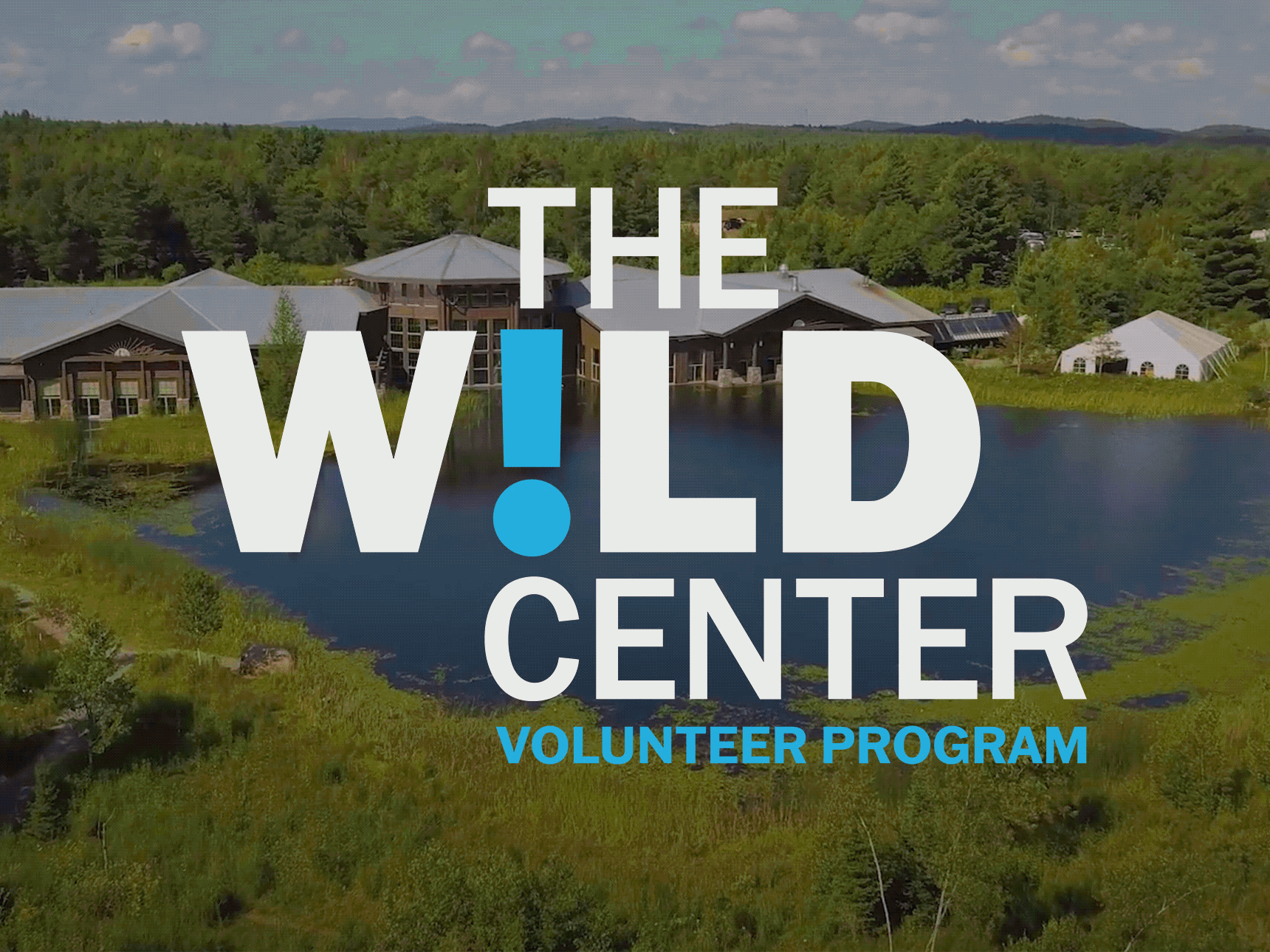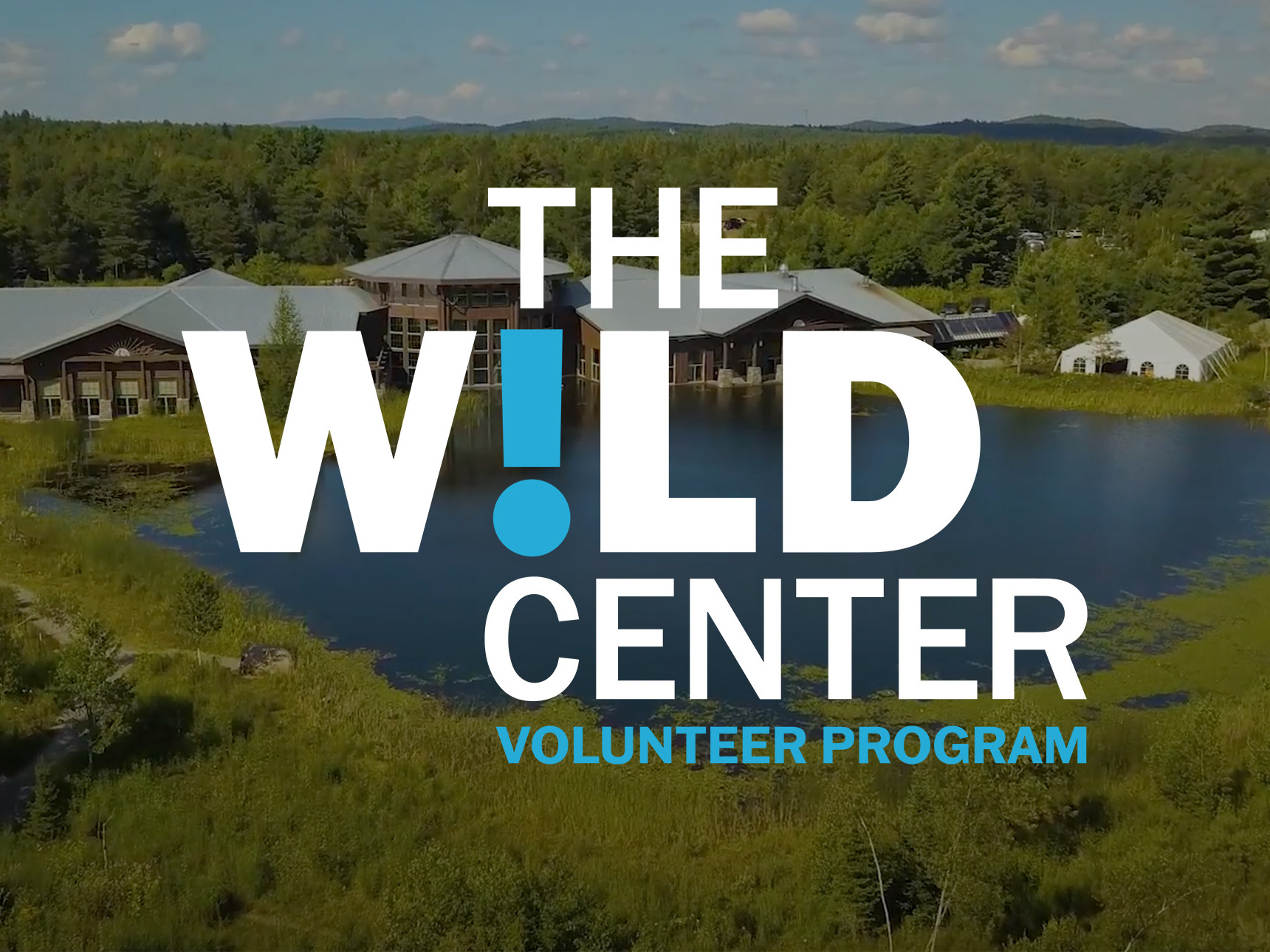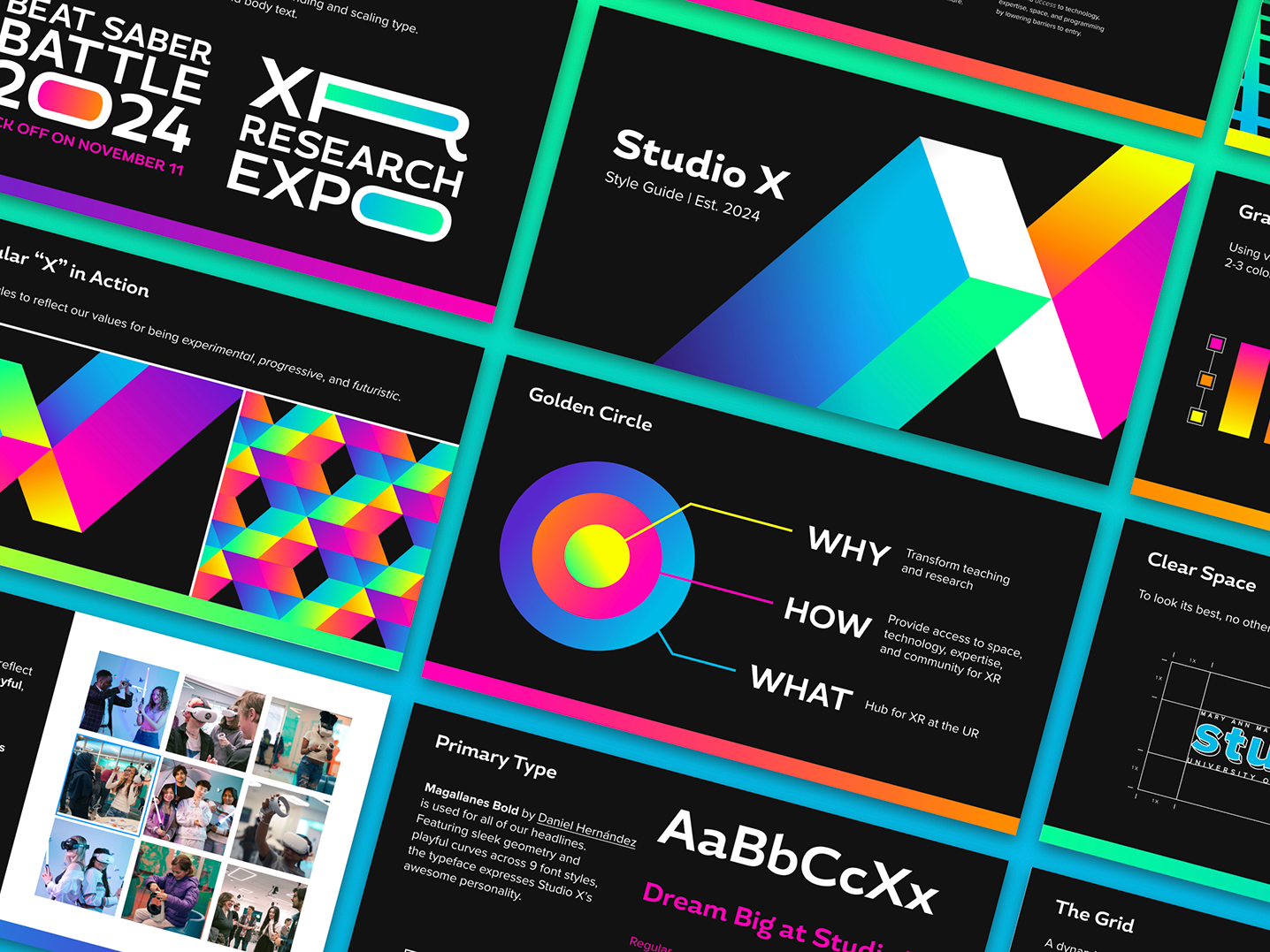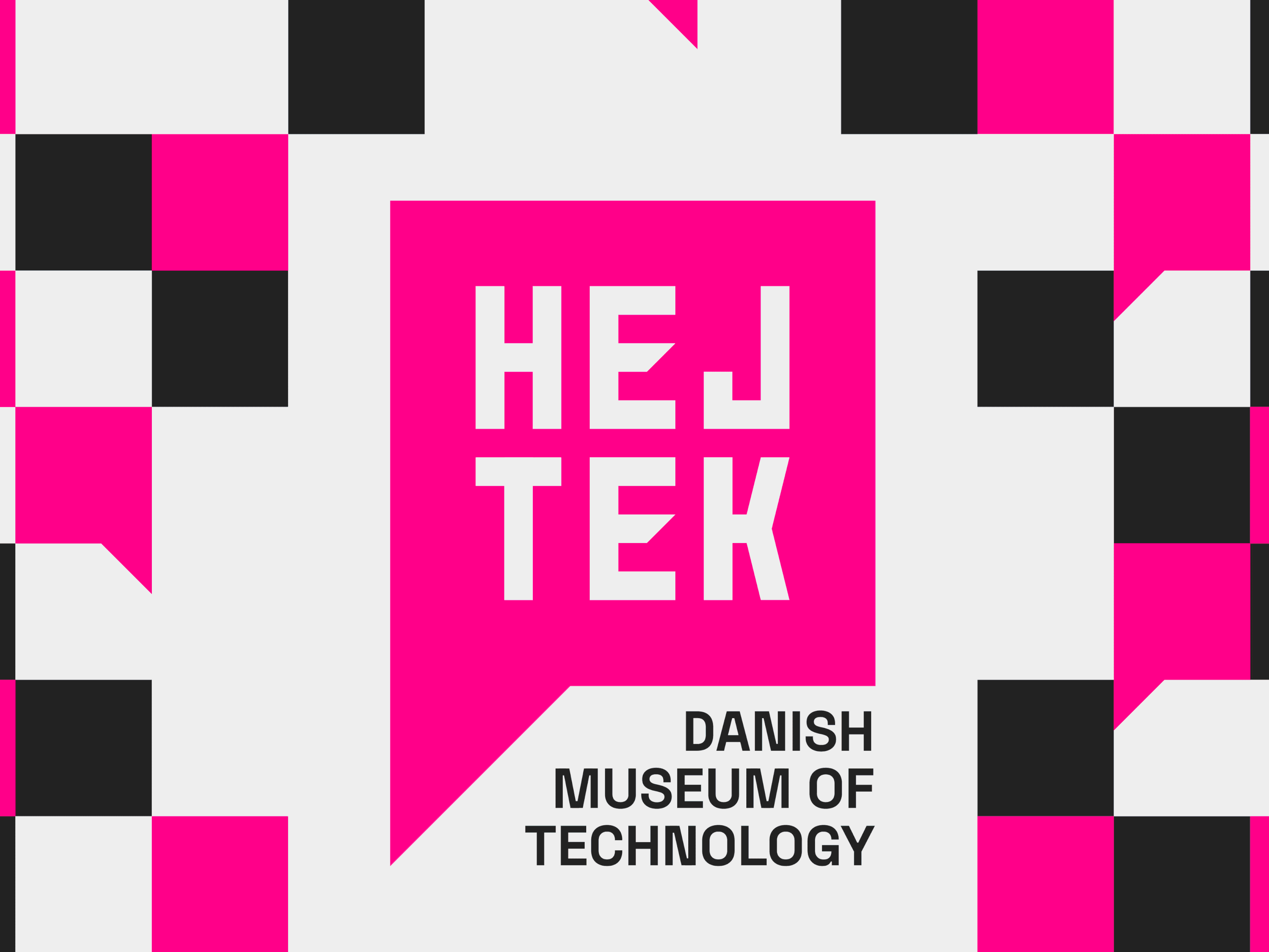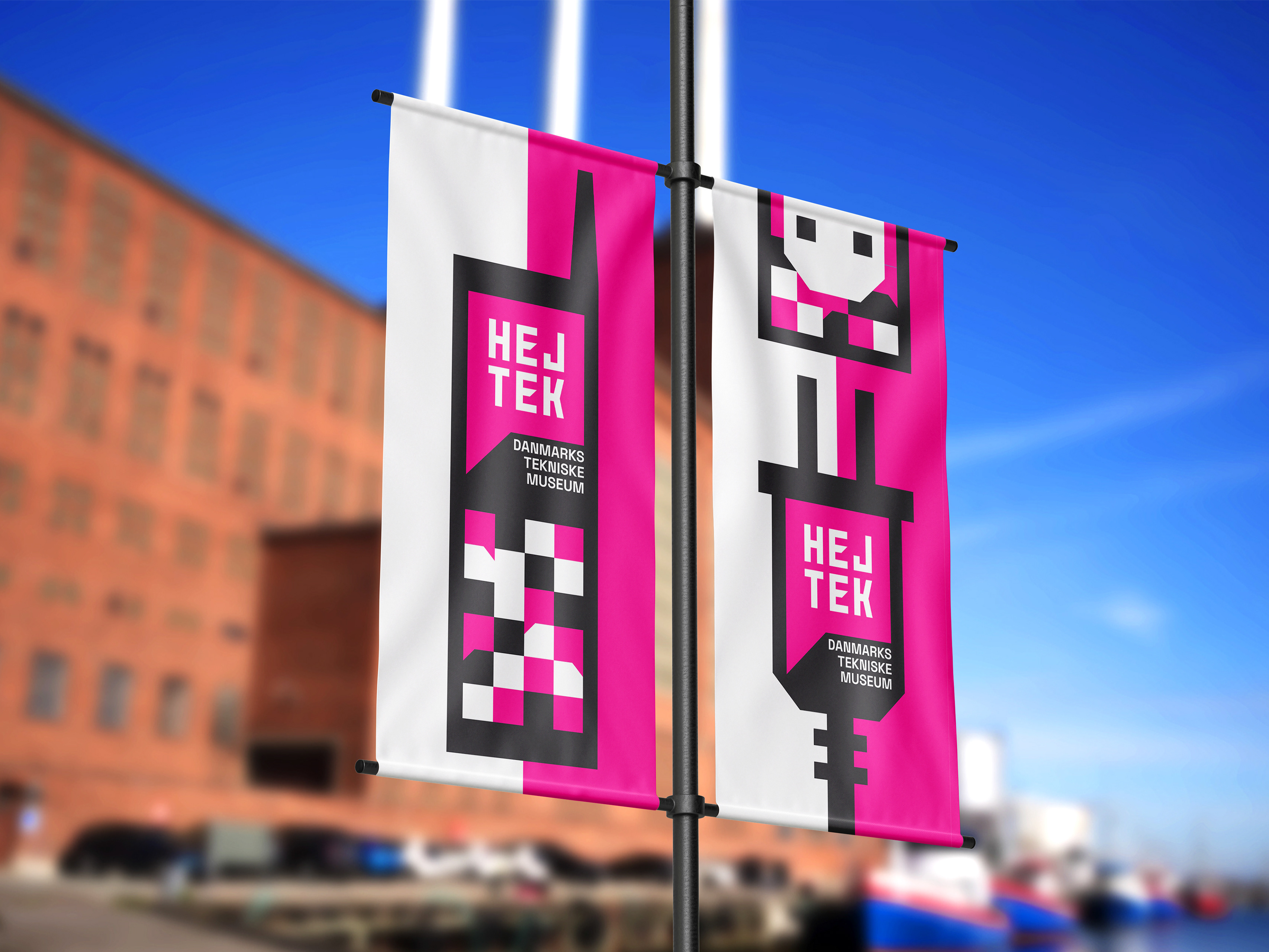Overview
I was selected for the University of Rochester's 2023 Meliora Psychology Research Fellowship.
I conducted a 906-participant study on how social media likes impact users with marginalized sexual orientations.
Impact
I presented to 250 international researchers at SPSP's 2024 conference: Advancing LGBTQ+ Research Across the Globe.
This research study is in the process of being published, contributing to LGBTQ+ UX literature.
Role
Project Lead, UX Researcher, UX Designer
Mentors
Dr. Jeremy Jamieson
Professor of Psychology, Social Stress Lab
Karishma Singh
PhD candidate, Social Personality Psychology
Timeline
9 months, June 2023 - February 2024
1. Study Design
How it Works
This study used a social media simulation in which the participant created a profile and shared a post to a group of 11 other participants. The group was then given 3 minutes to read each other's posts and like any posts by clicking the heart icon.
However, the participant didn’t know that the other participants were not actually real people.
Likes as Validation
Participants were randomly assigned to one of two experimental conditions: their post would receive insufficient validation of few likes (about 2) or sufficient validation of many likes (about 10).
Sexual Orientation
A person’s sexual orientation is their pattern of emotional, romantic, and physical attraction to others.
Participants identified with a heterosexual orientation (also known as “straight”) or a marginalized sexual orientation (such as gay, lesbian, bisexual, pansexual, asexual, queer, etc.).
What We Measured
This study measures how receiving few likes versus many likes impacts users with a heterosexual orientation compared to a marginalized sexual orientation in terms of their feelings of rejection, self-esteem, and worth.
2. Recruitment
Sample
I used a power analysis to estimate a sample size of 787 participants. I oversampled by 15%, increasing the target sample size to 906 participants to account for failed attention checks and incompletion.
Half of the participants had a heterosexual orientation and half had a marginalized sexual orientation.
Considerations
• Online recruitment via Prolific and ResearchMatch maximized reach for participants with marginalized identities
• Participants must be at least 18 years old, avoiding need for parental consent which may risk the privacy of their identity
• Participants must read and write English in order to understand instructions
3. Pilot Test
Inclusion From the Start
I shared a Google Form prototype for pilot testing the study with a group of 30 trusted professors, research assistants, and friends representing a spectrum of sexual orientations.
Next, I led a roundtable discussion to listen to their feedback. Understanding diverse perspectives helped me make the instructions clearer, the simulation more realistic, and the sexual orientation questions more inclusive.
4. Experiment
Pre-Questionnaire
Before the experiment, the participant is asked about their sexual orientation and personal predictions.
Asking Inclusively: Working with the diverse pilot test group and learning online about best practices helped me design an inclusive approach to ask participants about their sexual orientation.
Social Media Simulation
The experiment walks the participant through creating a profile, writing a post, and interacting during the task.
No Names : Using the participant's full name may suggest social identities that confound with this study's focus on sexual orientation. For example, "Sofía García" may suggest a hispanic woman while "SG" is neutral.
No Faces: Using human faces as profile pictures signals social identities that confound with this study's focus on sexual orientation. For example, an avatar of a white man is biased while an image of a penguin is neutral.
Helping Hands: The pilot test group realized that the main prompt to share about your sexual identity may be challenging, so they helped me to create 3 sub-prompts to ease the participant into writing their post.
Getting Oriented: The participant is provided a visual guide for the upcoming task's interface so that they can comfortably explore and learn its features before the timer starts.
Time to Wait: I preprogrammed a 16-second waiting room to make it seem like others were logging in live.
Few Likes Condition: Half of the participants were randomly assigned to rank as least liked.
Many Likes Condition: The other half of the participants were randomly assigned to rank as most liked.
Post-Questionnaire
After the experiment, the participant is asked about their feelings in response to the social media task.
Finally, the participant is debriefed on the study's true intention to understand social media validation as it relates to sexual orientation, and they are paid for their participation.
5. Results
Sexual Orientation Demographics
The final sample was 815 participants. 395 had a heterosexual orientation and 420 had a marginalized sexual orientation.
Rejection
When receiving few likes, participants with a marginalized sexual orientation felt more rejected compared to participants with a heterosexual orientation.
Self-Esteem
When receiving few likes, participants with a marginalized sexual orientation felt lower self-esteem compared to participants with a heterosexual orientation.
Worth
When receiving few likes, participants with a marginalized sexual orientation felt less worthy compared to participants with a heterosexual orientation.
When receiving many likes, participants with a marginalized sexual orientation felt more worthy compared to participants with a heterosexual orientation.
6. Impact
Publishing the Research Paper
This study's research paper is in the process of being written and published in a psychology journal, helping fill the void of LGBTQ+ psychology and user experience research in the age of social media.
International Presentation
I was accepted to present this research study to 250 international researchers at the Society for Personality and Social Psychology's leading conference: Advancing LGBTQ+ Research Across the Globe in February 2024.
This opportunity to learn from brilliant LGBTQ+ researchers and to share my study was the experience of a lifetime.
Key Takeaways
For Social Media Researchers & Designers: Include and value diversity on your teams when developing interface features.
For Social Media Users: Next time your LGBTQ+ friend shares a post, take a second to like it. It truly makes a difference.
